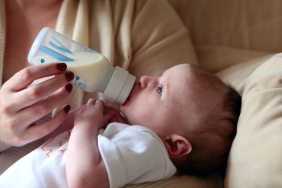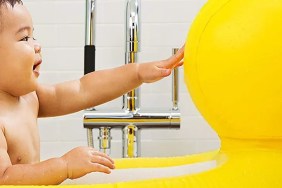When a newborn first enters the world, vision is fuzzy at best. During the first six months of life, your baby will begin to see with increasing depth and clarity. As color begins to emerge for your baby, she will begin to see the world in a whole new light.
Newborn vision sharpens gradually over the first few years of life. Like many other…







